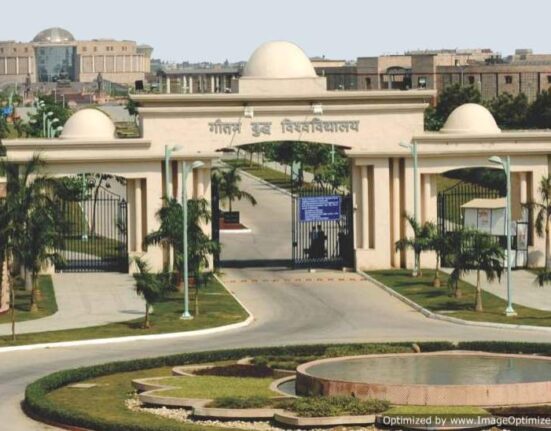Civil case Procedure: Aryaman Shivendra Pratap
What is a civil suit?
A suit is referred to as any proceedings by one person or persons against the other person or others in the court of law in which the plaintiff pursues the remedy that the law affords for the redress of an injury or the enforcement of a right, whether at law or in equity.
Filing a civil suit in India: Civil case Procedure
- Filing of the Plaint
Plaint is said to be the written complaint or an allegation. The person who files a suit is known as “plaintiff” and the person against whom the suit is filed is known as “defendant”. It comprises the following details.
- Name of the court
- Nature of complaint
- Names and address of parties to suit
- To verify the content, a verification by the plaintiff, stating that the content in the plaint is correct and true to the best of his knowledge.
- Vakalatnama
It is a written document which authorizes a lawyer or advocate to represent a party or person through which a person/ party filing a case can authorize a lawyer/ advocate to represent him/her. If a person decided to represent themselves, they do not require a vakalatnama.
- Filing
Filing the plaint before the chief ministerial office and paying the appropriate court fees and processing fees for the different types of document.
- Hearing
On the first day of hearing if the court finds out that there are merits in the case, then it will issue notice to the opposition party, to submit their arguments. Also it will fix the date of hearing.
- Written statement
When the notice has been issued to the respondent, he/she is required to appear on the on the date specified in notice.
Before the date to appear in court, the respondent is required to record his statement which should specifically deny the allegations put up against him, denying all the allegations which he thinks are incorrect. If he would not do so, the same would be considered to be admitted by the defendant.
The defendant also needs to verify, in the form of verification, that the content of the written statements are true and correct to the best of his knowledge.
- Replication by the plaintiff
After the defendant has filed his written statement, the plaintiff then files his replication, which is his reply to the content of the defendant in the written statement, denying the allegations and contentions put forth by the defendant. With the filing of the replication, the pleadings are said to be complete.
- Filing of other document
After the completion of the pleadings, both parties are given the opportunity to file and produce the documents on which they reply to substantiate their claims. The filing of the document should be admitted and taken into record.
- The framing of issues
The issues are framed by the court. On the basis of “issues” arguments and examinations of witnesses’ takes place.
- List of witness
- All the witnesses, the parties wish to produce and to be examined has to be presented before the court.
- The witness produced by regardless of any party, would be examined by even the opposition party.
- Only after this the court may fix a date for the final hearing.
- Final hearing
On the day of final hearing, the arguments will take place which is restricted to the issues framed.
- Certified copy of order
It is said to be the final order of the court and having the seal and stamp of court. It is very useful, if any party wants an appeal or in case of execution of the order.
These were the 10 steps involved in civil suit Procedure in India
Also Read : CAN TATTOOS BE COPYRIGHTED?







Leave feedback about this